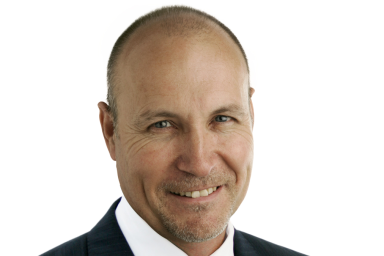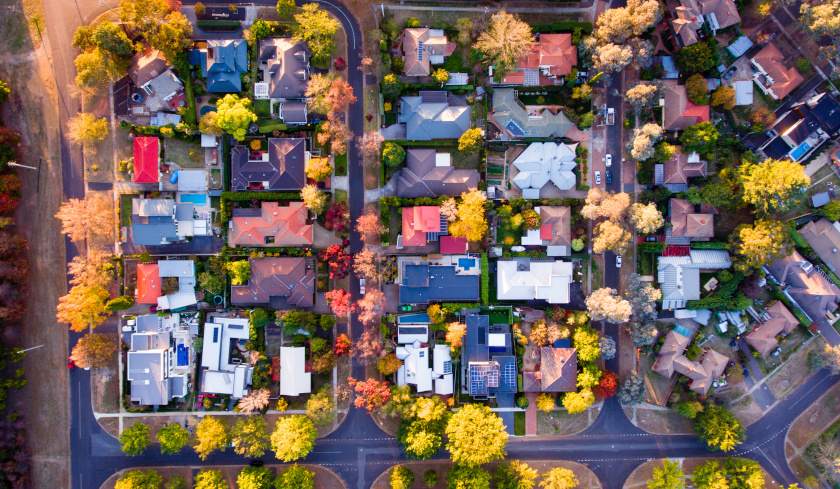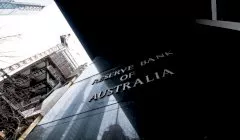Invest
Underlying demand for property not going anywhere
A comprehensive wrap of the 2014 market, and all the must-knows for property investors for the year ahead.
Underlying demand for property not going anywhere
A comprehensive wrap of the 2014 market, and all the must-knows for property investors for the year ahead.

It’s no secret that Australia’s housing markets have reactivated over the past two years following a period of subdued buyer activity. Lower interest rates have as usual been the primary catalyst for housing market revivals driving a general resumption of house price growth.
Rates were cut to stimulate economic activity as Australia moved from an economy largely dependent on resource exports to other activity drivers. The winding down of the mining construction boom over the past two years motivated policymakers to address a stubbornly high local currency and rising unemployment.
Lower mortgage rates sharply improved housing affordability, releasing pent-up demand and gradually restoring confidence to housing markets. The revival of housing markets over the past year however has been mixed between capital cities, capital city regions, price ranges and buyer types.
Sydney has been a clear leader in housing market activity over the past 12 months with prices growth the strongest since the boom period of 2002/2003.

Other capital city markets have produced varying results with peak annual house price growth for Melbourne and Perth at 10 per cent – the best results for those cities since 2009/2010. Brisbane, Adelaide, Hobart and Canberra however have produced more subdued outcomes that largely reflect the constraining impact of underperforming local economies.
The revival in prices growth has predictably produced increased levels of residential investors particularly in the Sydney market. Attracted by the strongest prices growth in a decade, investors have surged into the Sydney market at record levels.
The self-fulfilling cycle of rising prices through increased investor activity in turn attracting more investors in turn pushing up prices is being sustained by a still stable Sydney rental market. Vacancy rates remain low as demand for rental property continues to be driven by low numbers of first home buyers and high numbers of overseas migrants.
Although gross yields in Sydney are low and may push below 4.0 per cent, the prospects of the best capital gain of any of the capitals and consistent income flow continue to motivate investors. The latest ABS housing finance data reports that investor activity in NSW now accounts for almost 60 per cent of all housing finance allocated for housing sales in that state – clearly an all-time record market share. NSW also currently accounts for 43 per cent of all investor lending in Australia.
Strong price growth and record levels of investors in the Sydney housing market have alerted policymakers to the risk that the local market may overshoot its fundamentals with unsustainable prices growth unreflective of underlying demand in the rental market.
Macro-prudential policy options have been mooted by the Reserve Bank and APRA (the banking regulatory authority) designed to reduce lending to what are perceived to be higher risk housing markets or buyer groups – notably investors.
Recent signs however reveal that capital city prices growth is moderating as the impact of historically low interest rates washes through marketplaces. All capital cities with the exception of Sydney, Darwin and Melbourne, recorded falls in median house prices over the September quarter. And Melbourne’s rate of growth at just 1.0 per cent was the lowest recorded by that city in two years.
A weakening of buyer activity will act to ameliorate concerns from policyholders of a potential emergence of a general imbalance in housing markets. The Sydney housing market clearly remains the significant performer with policy outcomes unlikely to be effective by targeting a single market or sub-market. Such policies could in fact create unforeseen consequences for market stability going forward.
Australian capital city housing markets have typically reflected orderly growth and correction phases rather than the popularised boom-and-bust model.
Interest rates as a key driver of housing market cycles are set to remain steady for the foreseeable future as the economic prospects of Australia continue to be problematic. This will ensure a predictable flattening of the housing cycle with fluctuations to become more moderate and reflective of local supply and demand dynamics.
Activity will also naturally reflect the performance of local economies particularly as that translates into incomes growth.
Investor levels will typically moderate as house price growth moderates, however the strong connection to residential investment by Australians will continue to generate significant levels of investors despite the prospect of moderate prices growth.
The taxation advantages for owner-occupiers and residential investors, the general underlying connection to home ownership and the constraints to new supply in most capitals will ensure that investment returns will remain competitive over the medium to longer term.
Dr Andrew Wilson, chief economist, Domain Group

Property
Retirement communities: a pivotal element in meeting Australia's housing targets
The Retirement Living Council (RLC) has recommended that retirement communities should be considered a vital part in the Australian Government's initiative to fulfill the Housing Australia Future Fund ...Read more

Property
Australians adjust financial strategies amid changing property market dynamics
The 2023 calendar year saw Australian borrowers acquiring a total of $300.9 billion in new loans for property purchases, marking a 12.7% decrease from the previous year. Read more

Property
Split home loans unlocking doors for Aussie buyers
Australians are teaming up to dive into the real estate market and seize the advantages of home ownership, with the trend of split home loans surging as family and friends unite to buy properties ...Read more

Property
Real estate investment: Spotting high-growth potentials
Investing in real estate has long been a favoured approach for Australians looking to grow their wealth. Read more

Property
Granny flats become Aussie families' cost-effective solution to soaring living costs
As the cost of living skyrockets, a forward-thinking trend is sweeping across Australia – granny flats are becoming a favoured living arrangement for older Aussies seeking comfort and proximity to ...Read more

Property
Homebuyers grapple with extended savings period amid affordability crisis
Gone are the days when an Australian dream home seemed just within reach. The path to homeownership in Australia has extended by at least two arduous years, as revealed by the latest insights from ...Read more

Property
Hybrid development unlocks new potential for NDIS housing in metro hotspots
In a ground-breaking strategy aimed at addressing the stark imbalance between the location of Specialist Disability Accommodation (SDA) developments and the actual areas of demand, Aligned Disability ...Read more

Property
Property prices boosted by housing policies: RBA
The central bank has outlined the “pervasive” impact that policy has on property. Read more

Property
Retirement communities: a pivotal element in meeting Australia's housing targets
The Retirement Living Council (RLC) has recommended that retirement communities should be considered a vital part in the Australian Government's initiative to fulfill the Housing Australia Future Fund ...Read more

Property
Australians adjust financial strategies amid changing property market dynamics
The 2023 calendar year saw Australian borrowers acquiring a total of $300.9 billion in new loans for property purchases, marking a 12.7% decrease from the previous year. Read more

Property
Split home loans unlocking doors for Aussie buyers
Australians are teaming up to dive into the real estate market and seize the advantages of home ownership, with the trend of split home loans surging as family and friends unite to buy properties ...Read more

Property
Real estate investment: Spotting high-growth potentials
Investing in real estate has long been a favoured approach for Australians looking to grow their wealth. Read more

Property
Granny flats become Aussie families' cost-effective solution to soaring living costs
As the cost of living skyrockets, a forward-thinking trend is sweeping across Australia – granny flats are becoming a favoured living arrangement for older Aussies seeking comfort and proximity to ...Read more

Property
Homebuyers grapple with extended savings period amid affordability crisis
Gone are the days when an Australian dream home seemed just within reach. The path to homeownership in Australia has extended by at least two arduous years, as revealed by the latest insights from ...Read more

Property
Hybrid development unlocks new potential for NDIS housing in metro hotspots
In a ground-breaking strategy aimed at addressing the stark imbalance between the location of Specialist Disability Accommodation (SDA) developments and the actual areas of demand, Aligned Disability ...Read more

Property
Property prices boosted by housing policies: RBA
The central bank has outlined the “pervasive” impact that policy has on property. Read more






